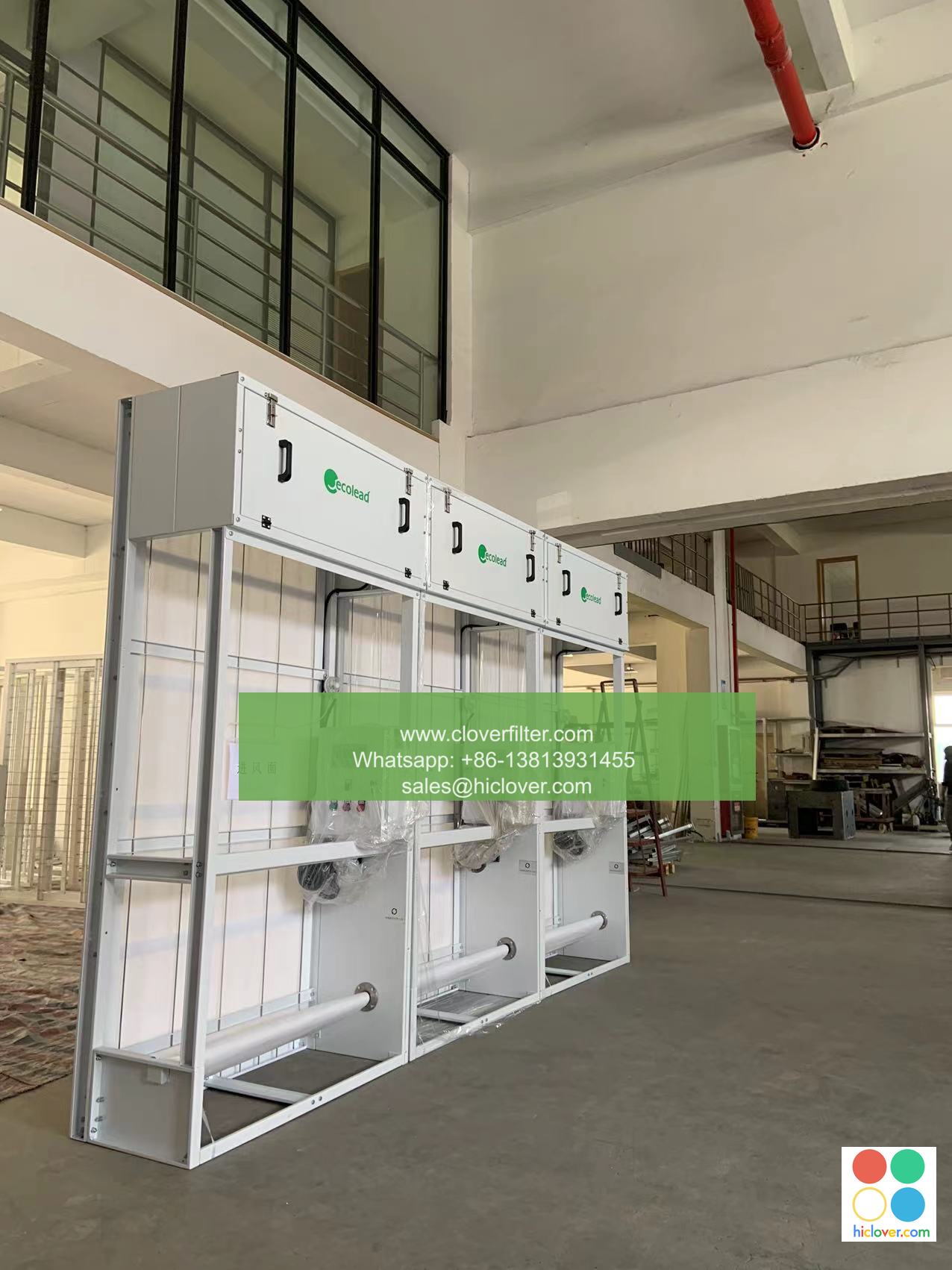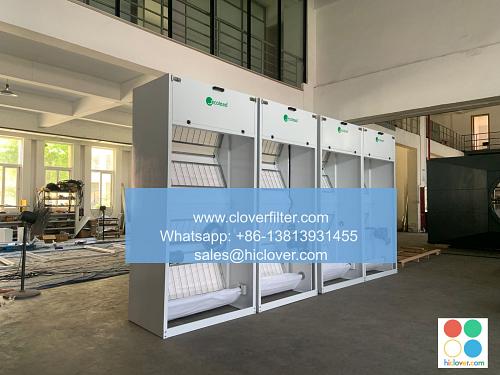Air Filter Quality: A Review of the Common Factors to Consider

Air filter quality is a critical aspect of maintaining good indoor air quality, and it’s essential to consider several key factors when selecting an air filter for your home, commercial building, or industrial facility. In this article, we’ll review the common factors to consider when evaluating air filter quality, including filter types, MERV ratings, and air flow rates.
The Importance of Air Filtration
Air filtration is crucial for removing particulate matter, gases, and microbial contaminants from the air, which can exacerbate respiratory problems such as asthma and allergies. High-quality air filters can also help reduce energy consumption and operating costs by minimizing the load on heating, ventilation, and air conditioning (HVAC) systems.
Filter Types
There are several types of air filters available, each with its own strengths and weaknesses. Some common types of air filters include:
* Fiberglass filters: These filters are inexpensive and easy to install, but they have a relatively low MERV rating and may not be effective against small particles and gases.
* Pleated filters: These filters have a higher MERV rating than fiberglass filters and are more effective against particulate matter and microbial contaminants.
* Activated carbon filters: These filters are designed to remove gases and odors from the air and are often used in combination with other types of filters.
* HEPA filters: These filters have a very high MERV rating and are capable of removing 99.97% of particles as small as 0.3 microns.
MERV Ratings
The Minimum Efficiency Reporting Value (MERV) rating is a measure of an air filter’s ability to remove particulate matter from the air. MERV ratings range from 1 to 20, with higher ratings indicating a more effective filter. Some common applications and their corresponding MERV ratings include:
* Residential buildings: MERV 8-11
* Commercial buildings: MERV 11-13
* Industrial facilities: MERV 13-16
* Cleanrooms and hospitals: MERV 17-20
Air Flow Rates
Air flow rates are another critical factor to consider when evaluating air filter quality. The air flow rate of a filter is measured in cubic feet per minute (CFM) and indicates the amount of air that can pass through the filter without a significant decrease in air pressure. Higher air flow rates are often required for commercial and industrial applications, where larger HVAC systems are used.
Application Areas
Air filters are used in a variety of application areas, including:
* Residential buildings: single-family homes, apartments, and condominiums
* Commercial buildings: offices, retail stores, restaurants, and hotels
* Industrial facilities: manufacturing plants, warehouses, and distribution centers
* Cleanrooms and hospitals: pharmaceutical manufacturing, medical research, and patient care
* Transportation: vehicles, airplanes, and trains
In conclusion, air filter quality is a critical aspect of maintaining good indoor air quality, and it’s essential to consider several key factors when selecting an air filter for your specific application area. By understanding the different types of air filters, MERV ratings, and air flow rates, you can make an informed decision and choose the best air filter for your needs. Remember to always follow the manufacturer’s recommendations for installation, maintenance, and replacement to ensure optimal performance and indoor air quality. It seems like you forgot to include the actual prompt. Could you please provide more details or specify what you need help with? I’m here to assist you with any questions or topics you’d like to discuss.

